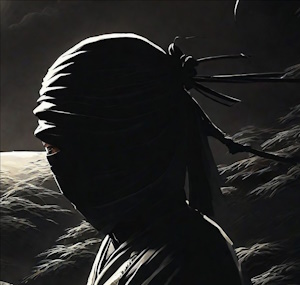Nauru is the “world’s richest little isle,” the New York Times proclaimed in 1982, the result of a decadeslong mining rush for the island’s phosphate bounty. But once the mining boom went bust, so too did the money—setting Nauru on a quest for cash that has seen it launder money for the Russian mafia; effectively imprison refugees seeking asylum in Australia; and, most recently, abandon its long-standing Taiwan ties for Beijing.
None has quite done the trick. Now, Nauru is making one of its most controversial bets yet: mining the seafloor for the mineral treasures powering the global energy transition. It’s a move that has sparked alarm and suspicion, given the island’s checkered history. Yet the many contradictions of Nauru’s path here are as much a twisted tale of exploitation and extraction as they are a story of what one nation will do to survive.


Economics Explained has a great video analyzing this topic. The tl;dw is that the nation mishandled its discovery of a profitable natural resource. The nation went from everyone having a variety of jobs to everyone being a miner. They had to start importing food since all their farmers became miners. Unsurprisingly, when they got to the bottom of the mine, the only industry that was producing anything in the country died along with their economy.
While it sucks, if the country followed better economic practices they wouldn’t be in the situation they’re in now. They obviously need help and shouldn’t be blamed for this, but it should be used as an example of poor economic planning.
The first I heard of the island was on This American Life: The Middle of Nowhere , in 2015. Always stuck with me after that, It’s such a bizarre and haunting story.
https://youtu.be/2Ih3tDP-pv8?si=dvDz_tTs0pkyF6OW
This was my introduction to the island